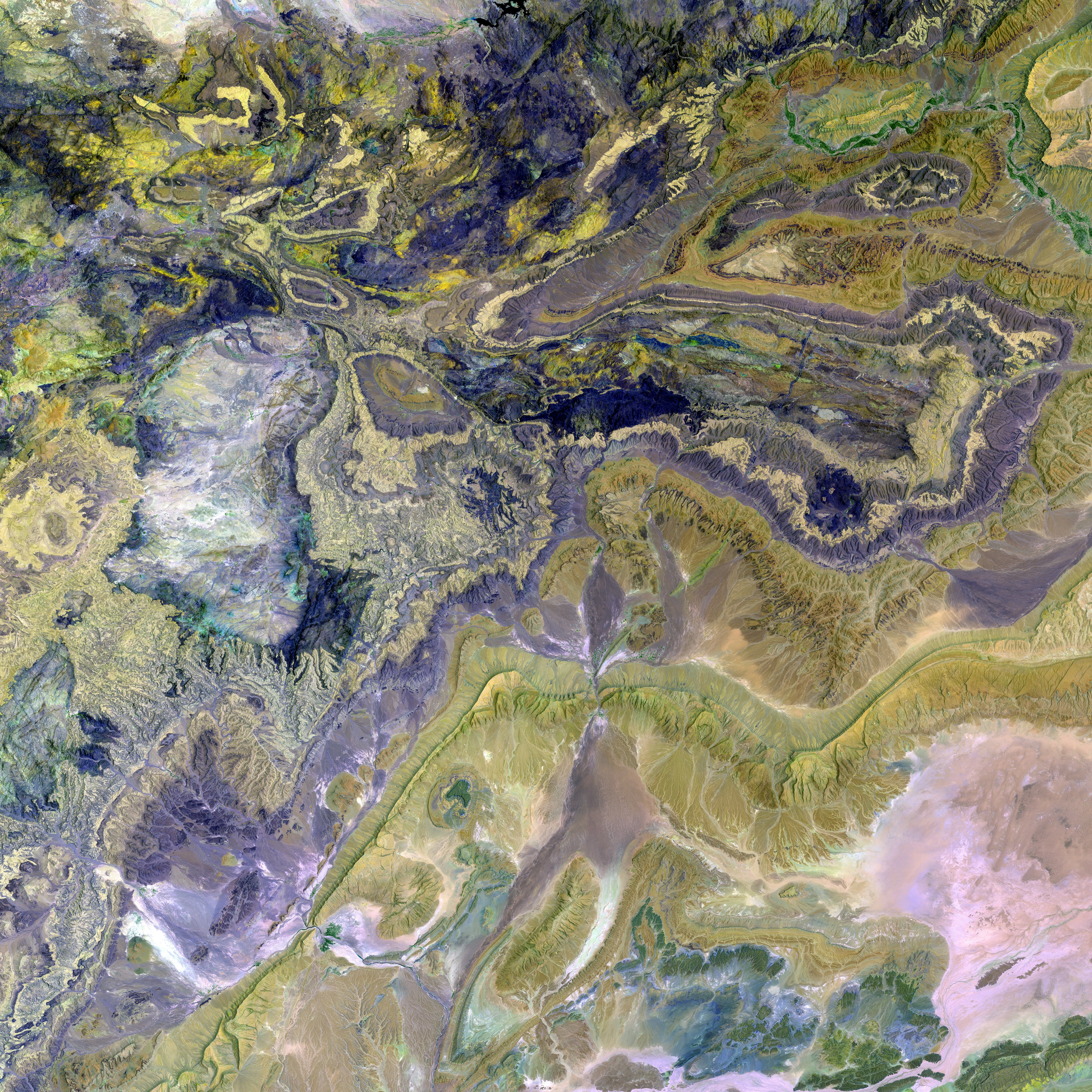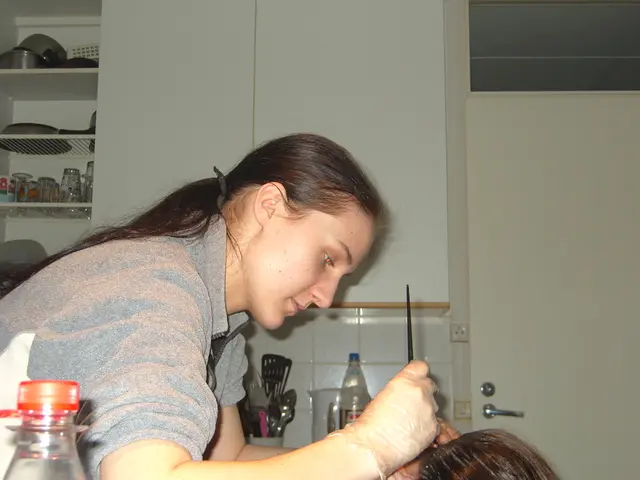Severe Rosacea Outburst: Understanding Causes, Signs, and Remedies
Rewritten Article:
Rosacea Fulminans, a severe and uncommon inflammatory skin disease, is known for its sudden appearance and impact on the central part of the face, particularly the chin, cheeks, and nose. It's often referred to as Pyoderma Faciale. Unlike regular rosacea or acne, its symptoms are harsh and swift, characterized by swollen, painful nodules and pimples.
This condition primarily targets women of childbearing age, although the underlying cause remains a mystery.
According to recent research, inflammatory bowel disease and pregnancy could be linked to the onset of Rosacea Fulminans. Moreover, it's more likely to manifest in individuals who have experienced some form of rosacea in the past. Some probable triggers include:
- intense emotional stress
- hormonal fluctuations
- certain medications
A 2021 literature review suggests that dietary factors may contribute to the exacerbation or initiation of rosacea symptoms, although it's essential to note that these findings do not exclusively apply to Rosacea Fulminans. Potential dietary triggers could be:
- spicy foods
- alcohol
- items containing cinnamaldehyde, such as chocolate, tomatoes, and citrus fruits
- histamine-rich foods and beverages, like wine, aged cheese, and processed meats
- hot drinks
It's crucial to remember that dietary triggers can significantly vary from person to person, so healthcare professionals generally refrain from recommending a rigid diet plan for all rosacea sufferers.
Visuals and Symptoms of Rosacea Fulminans
The primary symptoms of Rosacea Fulminans typically affect the forehead, nose, cheeks, and chin. These symptoms may include:
- sudden and severe localized skin color changes, such as redness
- painful pustules, papules, and nodules that may merge
- swelling and inflammation
- flushing and blushing
- stinging and burning sensation
In some cases, affected individuals may experience ocular symptoms such as dry, itchy, or light-sensitive eyes, while systemic symptoms like fever and fatigue are uncommon.
Treatment Approaches for Rosacea Fulminans
The treatment of Rosacea Fulminans may involve:
- oral isotretinoin, a prescription acne medication
- corticosteroids (oral or topical)
A 2016 case study indicated that combining antibiotics, corticosteroids, and lifestyle adjustments effectively relieved a patient's symptoms.
Since certain factors can trigger or aggravate rosacea, healthcare professionals may suggest identifying and avoiding these triggers. This may entail adopting the following lifestyle modifications:
- stress reduction techniques, such as mindfulness meditation, deep breathing exercises, regular exercise, and journaling
- dietary changes, like reducing alcohol consumption
- using gentle skincare products
By combining these strategies with medical treatments like corticosteroids and isotretinoin, individuals with this condition might achieve improved symptom management and a higher quality of life.
When to Consult a Doctor
Seek advice from a dermatologist or healthcare professional if you:
- experience rosacea symptoms beyond the usual scope, such as large, tender nodules, abscesses, and significant facial discomfort
- have a sudden onset of symptoms
- have symptoms that continue or worsen despite using over-the-counter medications or rosacea therapies
- notice eye irritation or inflammation
- experience systemic symptoms, such as fever
Prompt medical attention is essential for obtaining an accurate diagnosis and commencement of treatment. Early intervention may help reduce the risk of complications, like scarring and infections, and address any emotional discomfort, potentially improving your overall quality of life.
Consulting a dermatologist or healthcare professional ensures personalized care tailored to your specific needs and circumstances.
- Rosacea Fulminans, a rare and severe skin condition often referred to as Pyoderma Faciale, is known for its sudden appearance and impact on the central part of the face, particularly the chin, cheeks, and nose, characterized by swollen, painful nodules and pimples.
- Although the underlying cause of Rosacea Fulminans remains a mystery, it primarily targets women of childbearing age, and research suggests that inflammatory bowel disease and pregnancy could be linked to its onset.
- Dietary factors, such as spicy foods, alcohol, items containing cinnamaldehyde, histamine-rich foods and beverages, hot drinks, may contribute to the exacerbation or initiation of rosacea symptoms, although these findings may not exclusively apply to Rosacea Fulminans.
- The treatment of Rosacea Fulminans may involve oral isotretinoin, corticosteroids (oral or topical), and lifestyle modifications like stress reduction techniques, dietary changes, and using gentle skincare products.








